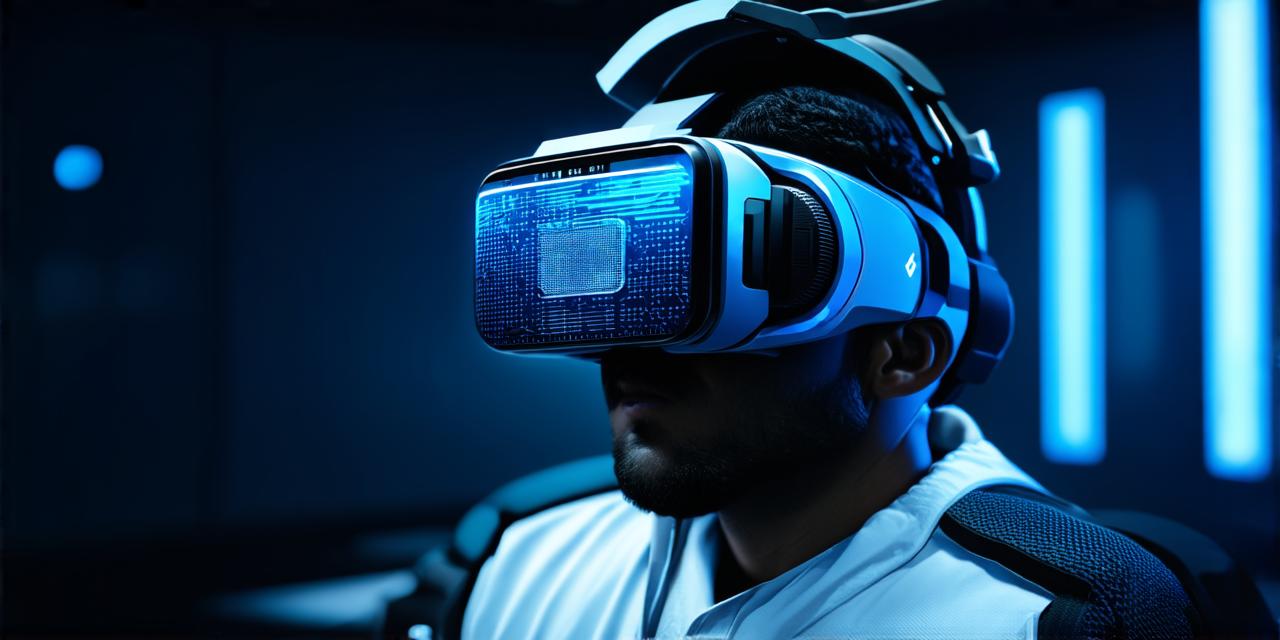Virtual reality technology has been rapidly evolving over the past few years, and it’s becoming increasingly popular in various industries. VR development involves creating immersive experiences that simulate real-world environments or create entirely new ones.
What is Virtual Reality Development?
Virtual reality development involves creating interactive experiences that allow users to enter a simulated environment and interact with it as if it were real. These environments can range from simple simulations of real-world spaces, such as a virtual office or living room, to entirely new worlds created specifically for VR experiences.
The process of VR development typically involves using specialized software tools and hardware devices, such as headsets, motion controllers, and sensors, to track the movements of users within the virtual environment. This data is then used to create a seamless and immersive experience that engages the user’s senses and creates a sense of presence within the virtual world.
Significance of Virtual Reality Development
Virtual reality development has numerous applications across various industries, including gaming, education, healthcare, and tourism. The most significant advantage of VR technology is its ability to create highly engaging experiences that can be difficult or impossible to replicate in real life.
For example, in the gaming industry, VR provides an entirely new level of immersion for players. By entering a virtual world, players can experience things they might never have the chance to see or do in real life. This has led to the creation of highly popular VR games, such as Beat Saber and Job Simulator, that have captured the attention of gamers around the world.
In education, VR development has the potential to revolutionize the way students learn. By creating virtual simulations of real-world environments, such as museums or historical sites, students can gain a deeper understanding of history and culture without ever leaving the classroom. This technology can also be used to create interactive simulations that help students understand complex concepts in subjects like science and engineering.
In healthcare, VR development has the potential to improve patient outcomes and reduce costs. For example, surgeons can use VR to simulate procedures before performing them on real patients, reducing the risk of errors and improving overall patient safety. In addition, VR can be used to create therapy simulations that help patients overcome phobias or anxieties in a safe and controlled environment.
Finally, in tourism, VR development can provide an entirely new way for people to experience destinations around the world. By creating virtual tours of cities, landmarks, and natural wonders, VR technology can make travel more accessible and affordable for everyone.
Common Misconceptions about Virtual Reality Development
Despite its many benefits, there are still several common misconceptions about virtual reality development that need to be debunked. One of the most significant misconceptions is that VR technology is expensive and only available to large corporations or wealthy individuals. While it’s true that high-end VR equipment can be expensive, there are also many affordable options available for both consumers and businesses.
Another misconception is that VR experiences are limited to gaming and entertainment. While it’s true that gaming is certainly one of the most popular applications of VR technology, it’s not the only one. As we’ve seen, VR development has numerous applications across various industries, including education, healthcare, and tourism.
Finally, some people believe that VR experiences are less immersive than real-life experiences. While it’s true that no virtual environment can ever fully replicate the real world, VR technology has come a long way in terms of creating highly engaging and immersive experiences. With advances in hardware and software, VR experiences are becoming increasingly realistic and convincing.
Case Studies in Virtual Reality Development
To further illustrate the potential of virtual reality development, let’s look at some real-life examples of how this technology has been used to create engaging and immersive experiences.
In the gaming industry, one of the most successful VR games to date is Beat Saber. This rhythm game allows players to use motion controllers as light sabers to slash through incoming blocks in time with music.
